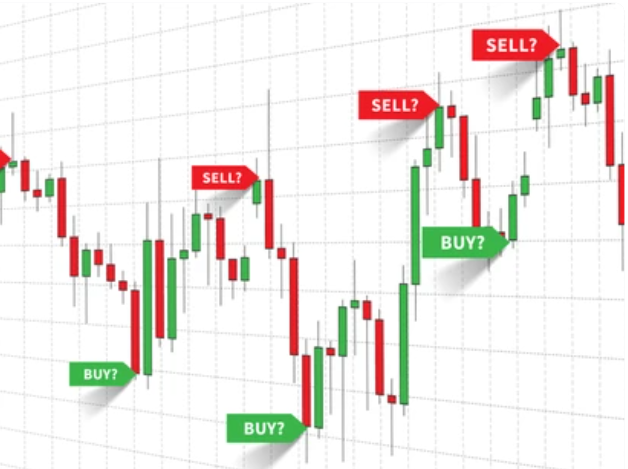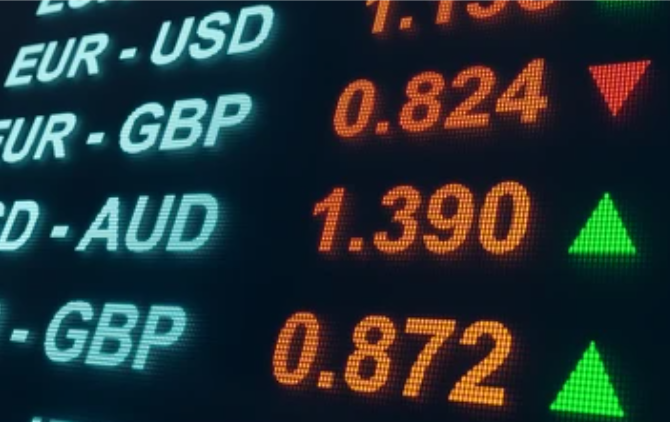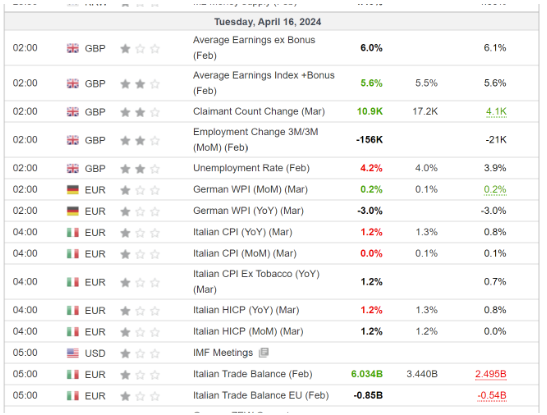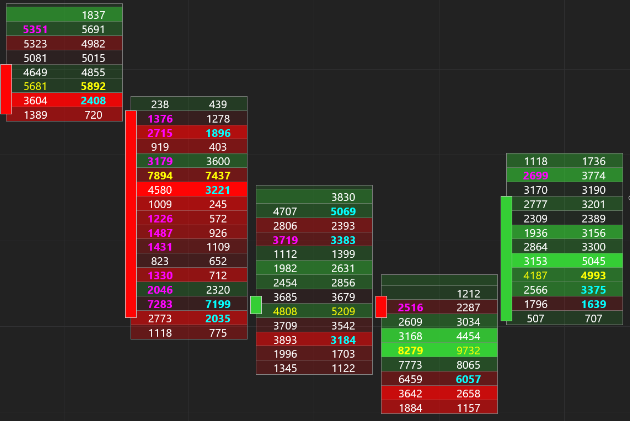There are very many strategies in forex currency trading. The trading strategies covered in this article are just a few. We will have many more follow-up posts on other various strategies and how to properly implement them within your trading plan.
The first approach I would like to discuss is Scalping. Scalping is a very popular forex trading strategy. Traders implement scalping in various markets, not only forex. scalping is popular among stock and futures traders, as well as crypto.
Scalping consists of capitalizing off of short term trades that try to capture small price movements, several times over. Some scalpers could make as many as 50 to 100 trades per day, others much less. When scalping at a high frequency, its important to take in to account commissions. Making so many trades could eat into your profits, as well as amplify losess. It all depends on your trading plan.
Forex scalpers are only trying to profit off of a couple of pips, but given the leverage associated with forex trading, significant losses could be incurred if proper risk management isn’t implemented.
Although there are many ways to use scalping strategies, one popular method is to study price action. Typically many price action traders wont use any indicators, they just have a fond understanding of price movement and imbalences and how it may relate to volume and supply and demand zones (liquidity zones).
Typically scalpers will included technical analysis (basic or advanced charting techniques). In order to identify key support and resistance levels on short, as well as long term time frames, in order to find the most beneficial levels to buy or sell. Traders might look for opportunities within price action, such as liquidity sweeps (aka: liquidity grabs), and fair value gaps, in order to maximize profits. More on liquidity grabs and fair value gaps in a future article.
I would like to discuss one of my favorite approaches to analyzing price action and order flow. I really pay close attention to cumulative delta, bar cumulative delta to be specific. The calculation is derived by subtracting the aggressive selling volume from the aggressive buying volume. Aggressive orders differ from passive orders in regard to how the orders are placed. Aggressive orders are market orders executed on the bid or the ask, and represents aggressiveness in the market. Basically, someone wants it and they want it now. As opposed to limit orders, which are considered a passive order because they are willing to wait until prices come to them.
In respect to bar cumulative delta, you will receive a positive or negative number depending on the buying or selling pressure. Typically, if a sessions candle is green, it will output a positive number, showing increased aggressive buying pressure. Conversely, if the sessions candle is red, it will output a negative number, reflecting a increase in aggressive selling pressure.
Potential trading opportunities frequently arise from something called divergence with regard to bar cumulative delta and the corresponding candle. Divergence happens when a sessions candle is green, but the corresponding bar delta is a negative number. Conversely, divergence can occur when the sessions candle is red, but the corresponding bar delta is a positive number. These types of divergences can signal the possibility of a reversal in the following candle. Its important to look at bar cumulative delta along with volume to get a clearer picture on what’s actually going on with regard to price, order flow, and future price prediction.
The following technique is one of my favorite strategies to employ regarding negative and positive divergence. If the bar is primarily green 10-30 seconds into a one or two minute session, but the bar is outputting a negative number, if the session continues and the bar gets abruptly overtaken by positive delta, I would consider taking a long position because price often tends to continue to increase in the short term. This is due to heavy aggressive buying that overtook the imbalance, resulting in a strong continued move to the upside. The same technique can be implemented on a red candle that is outputting a positive delta. If price continues to decrease and the imbalance is resolved by turning the delta number from positive to negative, I would consider this a good time to take a short position because prices could be likely to continue to decrease in the short term. This is one of my favorite forex and futures trading strategies using divergence.






